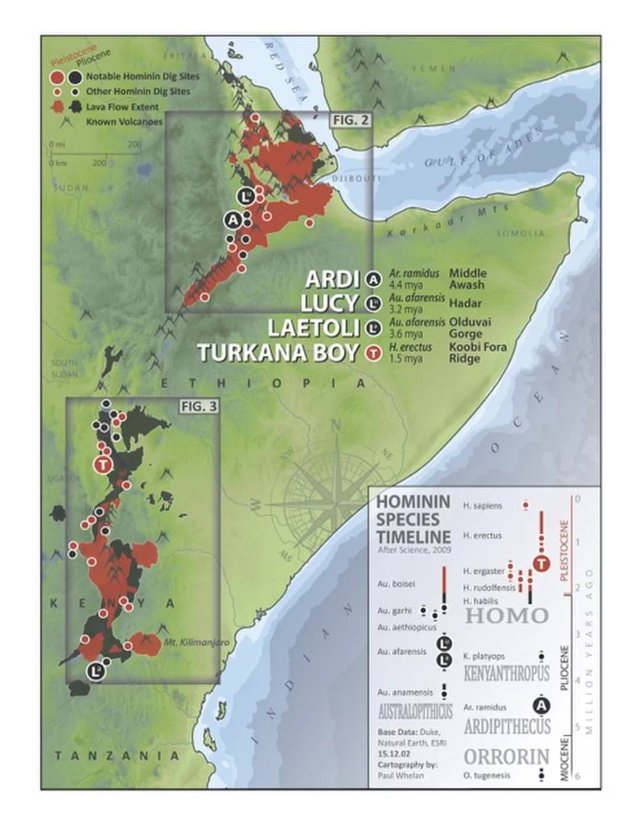Alcelaphines (the hartebeest-wildebeest-blesbok group) appear about 5 million years (VRBA, E. S. 1979), and there is an increase in alcelaphines with the Pleistocene, for example at younger sites in the Chemeron formation, Tugen Hills, Kenya, in the interval from 2.73–2.63 My and after 2.5 My (Goble, E.D. 2011), and this is a result of an increase in ecological niches for grazing animals, extensive open savanna grasslands began to spread out in the Pleistocene (Janis, C. 2008) as the Homo lineage used fire from natural resources such as volcanoes along the East African Rift to burn down forest (Nygren, J. 2017), re-creating the open grassland on the coast of Danakil where they had speciated (Nygren, J. 2018).

Synapses
VRBA, E. S. (1979). Phylogenetic analysis and classification of fossil and recent Alcelaphini Mammalia: Bovidae. Biological Journal of the Linnean Society, 11(3), 207–228. https://doi.org/10.1111/j.1095-8312.1979.tb00035.x
Goble, E.D. 2011. Skeletal element and bovid abundance analyses in paleoenvironmental reconstruction of the Chemeron Formation, Tugen Hills, Kenya. (Society of Vertebrate Paleontology Meetings, Las Vegas, NV, USA.)
Janis, C. (2008). An Evolutionary History of Browsing and Grazing Ungulates. In Ecological Studies (pp. 21–45). Springer Berlin Heidelberg. https://doi.org/10.1007/978-3-540-72422-3_2
Nygren, J. (2017). The Homo lineage created the savanna, rather than the other way around, https://steemit.com/anthropology/@johan-nygren/the-homo-lineage-created-the-savanna-rather-than-the-other-way-around
Nygren, J. (2018). On the Origin of the Species, Danakil as the Galapagos of Pliocene East Africa, https://gist.github.com/resilience-me/1ee3b88c977ec5f8f46e08ffe42fd92a
To the question in your title, my Magic 8-Ball says:
Hi! I'm a bot, and this answer was posted automatically. Check this post out for more information.
Downvoting a post can decrease pending rewards and make it less visible. Common reasons:
Submit